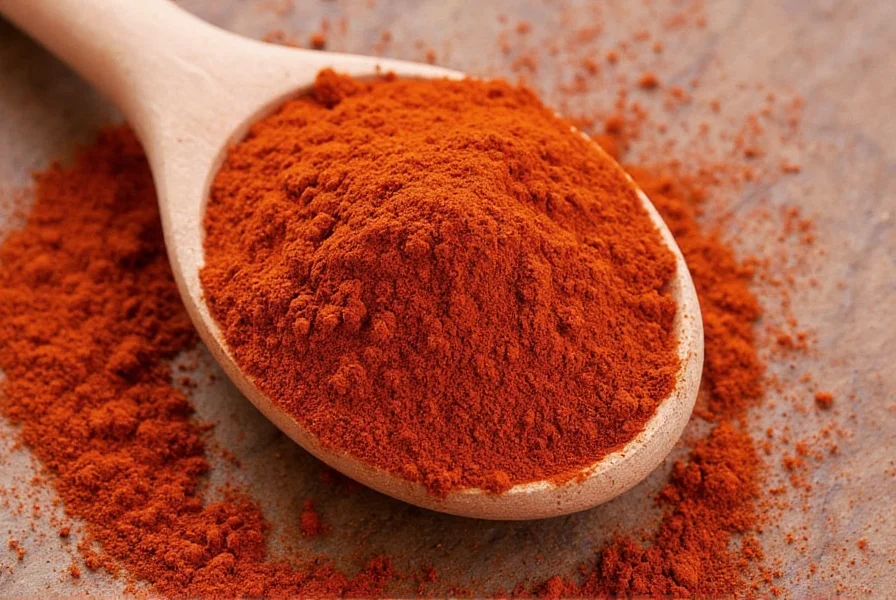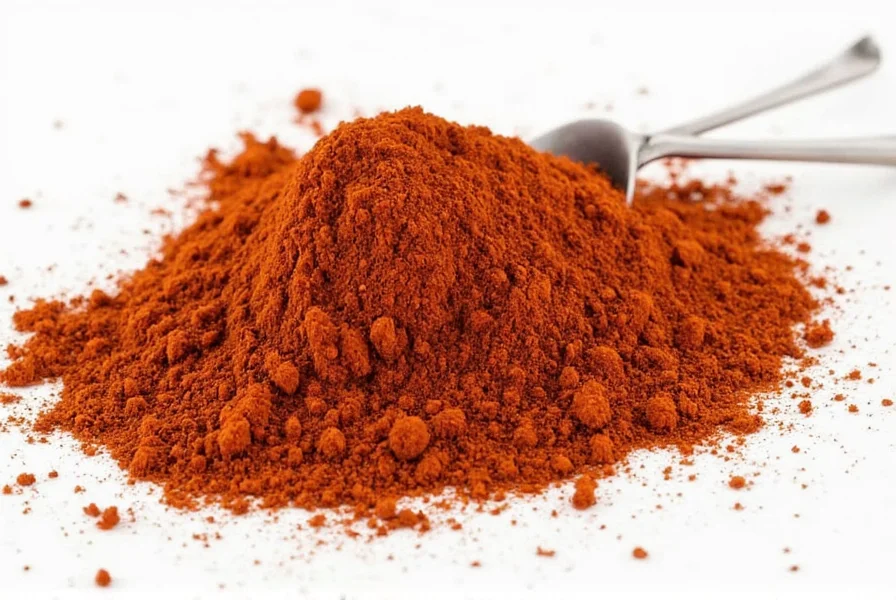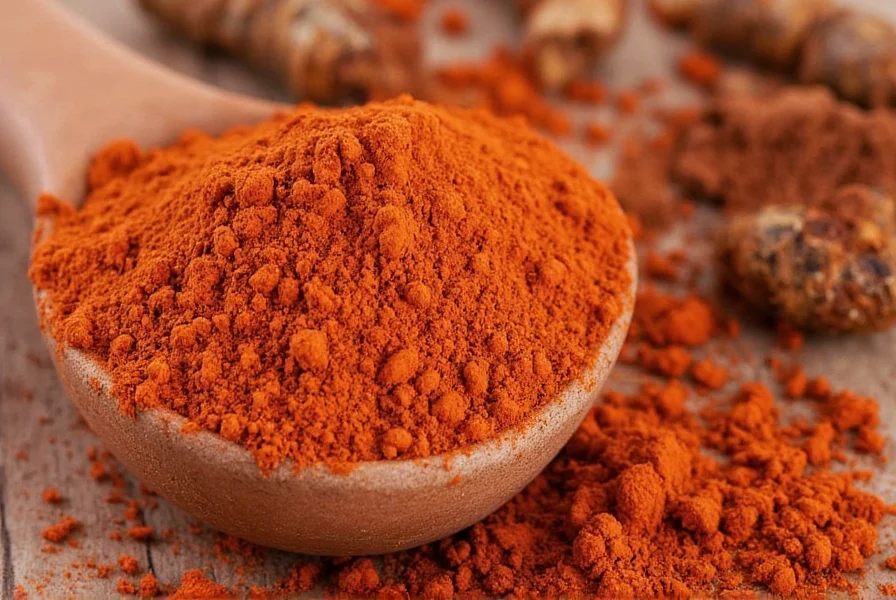Ancho chili powder represents one of the most versatile and flavorful single-origin spices in Mexican and Southwestern cuisine. Understanding this essential ingredient can transform your cooking, whether you're preparing traditional mole sauces, marinades, or everyday weeknight meals.
Origin and Production Process
The journey of ancho chili powder begins with fresh poblano peppers, large, heart-shaped chilies commonly used in Mexican cooking. When these green poblanos fully ripen to a deep red color, they're harvested and carefully dried. The name "ancho" literally means "wide" in Spanish, referring to the pepper's broad shape after drying.
Unlike commercial chili powder blends that contain multiple spices and additives, pure ancho chili powder contains only one ingredient: ground dried ancho peppers. This single-origin approach preserves the pepper's distinctive flavor profile without competing seasonings.

Flavor Profile and Heat Level
Ancho chili powder offers a remarkably complex flavor that sets it apart from other chili powders. Its taste profile includes:
- Rich, earthy base notes
- Pronounced dried fruit characteristics (raisin, prune)
- Subtle notes of coffee and tobacco
- Hint of natural sweetness
- Very mild heat (1,000-2,000 Scoville units)
Compared to regular chili powder (which typically ranges from 800-3,000 Scoville units but contains multiple ingredients), ancho chili powder provides a more nuanced flavor with less heat intensity. The mild heat level makes it accessible to those who prefer flavorful but not spicy food.
| Chili Powder Type | Heat Level (Scoville) | Primary Flavor Notes | Common Uses |
|---|---|---|---|
| Ancho Chili Powder | 1,000-2,000 | Fruity, earthy, mild sweetness | Mole sauces, rubs, soups |
| Regular Chili Powder | 800-3,000 | Generic "chili" flavor, often cumin-forward | Tacos, chili con carne |
| Chipotle Powder | 2,500-8,000 | Smoky, spicy, slightly sweet | BBQ rubs, stews, marinades |
Authentic Ancho vs. Commercial "Ancho" Products
When shopping for ancho chili powder, be aware that many products labeled "ancho chili powder" are actually blends containing additional spices like cumin, garlic powder, or oregano. True ancho chili powder should list only one ingredient: ancho chilies or dried poblano peppers.
For the most authentic flavor, consider making your own ancho chili powder by toasting dried ancho peppers and grinding them in a spice grinder or mortar and pestle. This preserves the delicate volatile oils that give ancho its distinctive aroma.
Culinary Applications
Ancho chili powder shines in applications where its complex flavor can be appreciated:
- Mole sauces: A foundational ingredient in traditional Mexican mole poblano
- Dry rubs: Creates beautifully colored, flavorful crusts on meats
- Stews and braises: Adds depth without overwhelming heat
- Vegetable dishes: Enhances roasted sweet potatoes, carrots, or squash
- Marinades: Works particularly well with citrus-based marinades
When using ancho chili powder in recipes, remember that its flavor develops best when bloomed in oil or liquid. Add it early in the cooking process to allow its complex flavors to integrate with other ingredients.

Storage and Freshness Tips
Like all ground spices, ancho chili powder loses potency over time. For optimal flavor:
- Store in an airtight container away from light and heat
- Use within 6 months for peak flavor (though safe to use longer)
- Check freshness by rubbing a small amount between your fingers - fresh powder will release a fragrant aroma
- Consider buying whole dried ancho peppers and grinding as needed for maximum freshness
Common Substitutions
If you don't have ancho chili powder, these substitutions can work in a pinch:
- Guajillo chili powder: Similar mild heat with more tart, berry-like notes
- Smoked paprika + a pinch of cumin: Mimics some of the earthiness
- Mild paprika + a touch of cocoa powder: Approximates the earthy, slightly sweet profile
Keep in mind that no substitution perfectly replicates ancho's unique flavor profile. For authentic Mexican dishes, seeking out genuine ancho chili powder is worth the effort.
Frequently Asked Questions
Is ancho chili powder the same as regular chili powder?
No, they are distinctly different. Ancho chili powder is made from a single ingredient: ground dried ancho peppers (which are dried poblanos). Regular chili powder is typically a blend containing ground chilies plus other spices like cumin, garlic powder, and oregano. Ancho chili powder has a more complex, fruity flavor profile compared to the generic "chili" flavor of standard chili powder.
How hot is ancho chili powder on the Scoville scale?
Ancho chili powder rates between 1,000-2,000 Scoville Heat Units, making it relatively mild compared to many other chili powders. For reference, jalapeños range from 2,500-8,000 SHU, while cayenne pepper measures 30,000-50,000 SHU. The mild heat level allows ancho's complex flavor to shine without overwhelming spiciness.
Can I substitute ancho chili powder for chipotle powder?
While both come from dried peppers, they have distinct flavor profiles. Ancho is made from dried poblanos and has a sweet, fruity flavor with mild heat. Chipotle is made from smoked jalapeños and has a much smokier, spicier profile. They're not direct substitutes, though you could use 1 part chipotle powder plus 2 parts paprika to approximate ancho's mild heat with some smokiness, but the flavor won't be identical.
What's the best way to use ancho chili powder in cooking?
For maximum flavor impact, bloom ancho chili powder in oil or liquid before incorporating into dishes. Add it early in the cooking process to allow its complex flavors to develop. It works exceptionally well in mole sauces, dry rubs for meats, and vegetable dishes. Because of its mild heat, you can use generous amounts without making dishes too spicy, allowing its rich, earthy flavor to shine through.











 浙公网安备
33010002000092号
浙公网安备
33010002000092号 浙B2-20120091-4
浙B2-20120091-4